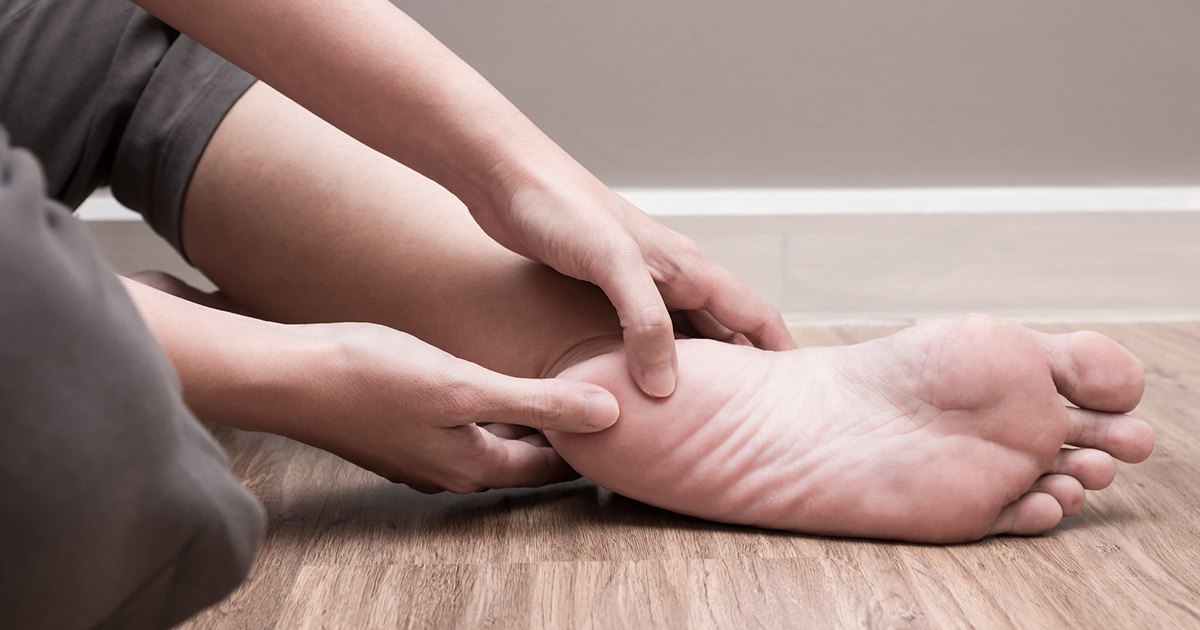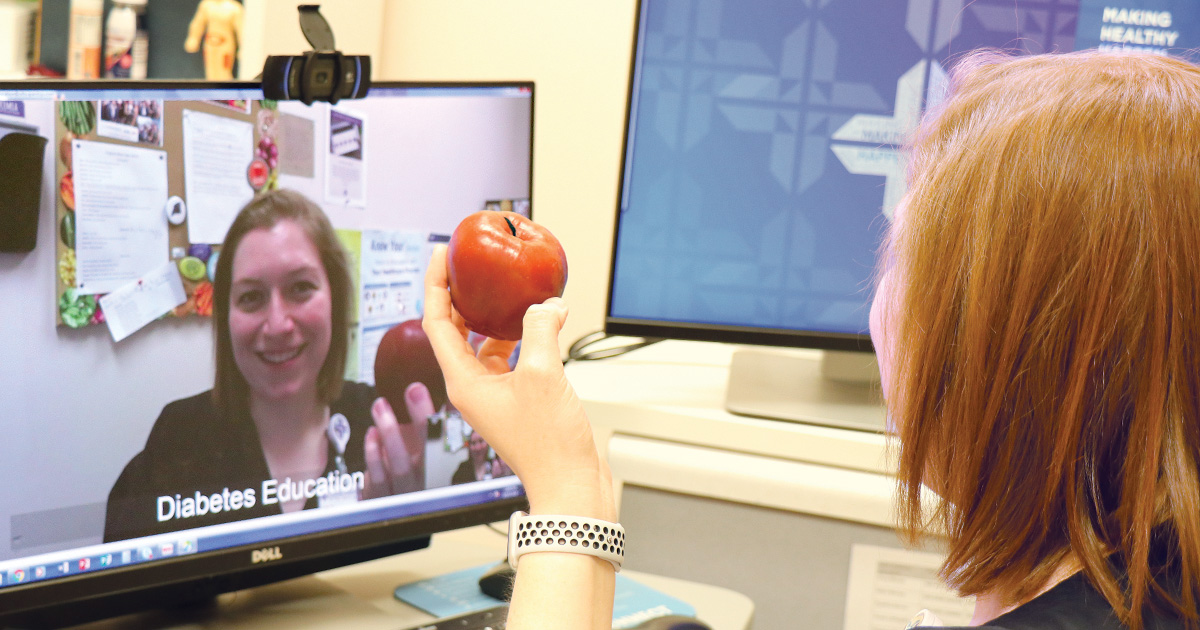
“I dreaded walking”
Each morning, Darlene Estes had to figure out how to walk.
“I dreaded waking up, because I could hardly walk when I got out of bed,” Estes said. “I would try to put my foot down and it hurt so badly, just getting from the bed to the bathroom.”
The pain came from both arthritis and plantar fasciitis. And at 55, Estes had been dealing with the pain for 10 years.
“After sitting for long periods of time, it would be hard to get walking. You have to figure out how to walk all over again,” Estes said. “It was the worst at night.”
Estes tried everything for the pain: shoe inserts, special shoes, splints, injections and medication. Nothing worked.
But one day while looking online, Estes found Richard Harp, MD, and read about a minimally invasive procedure that can help with persistent, nagging tendon pain.
“When I read about the procedure, I was excited and hopeful about being able to get up and walk without pain,” Estes said. “I wanted to have a normal life.”
Whether the pain is burning, cutting or stabbing, the procedure provides relief to tendon pain in the shoulder, knees, foot and ankle.
Chronic tendon disease is often mistaken for tendonitis, but tendonitis is short-term inflammation of the tendon that causes pain. Pain from chronic tendon disease lasts for much longer.
To help solve this painful issue, Dr. Harp performs a percutaneous ultrasonic fasciotomy procedure using ultrasound-imaging technology to locate the inflamed tissue. Dr. Harp, an interventional radiologist, is the only physician in Upstate South Carolina performing this procedure.
Ultrasound imaging is used to locate the inflamed tissue. Then, a two-milliliter long incision is made, and an ultrasonic scalpel is inserted. Hypersonic energy waves breakdown the diseased tissue and it is removed from the treated area. The area is closed with a Band-Aid or tissue glue.
Patients are awake or slightly sedated during the procedure and most say they feel nothing or slight pressure.
Other traditional surgeries and procedures for this type of pain are much more invasive and require extensive recovery times.
But with this procedure, most people can return to their active lifestyles quicker than if they had surgery. Patients are instructed to take extra care of the area and to wait two weeks before performing weight-bearing activities or exercises.
“Many of these patients say the relief they feel is nothing short of a miracle,” Dr. Harp said. “Some patients have lived in pain for many years and are now relieved from that pain from a procedure that takes about 20 minutes.”
After the surgery, patients wear a special boot for two weeks when walking. The healing process takes another four weeks.
Since the procedure, Estes is able to walk without pain.
“I can't believe I finally found something to help with the pain,” Estes said. “Now I can get up and not figure out how to walk.”
To learn more about the percutaneous ultrasonic fasciotomy procedure, call 864-879-4833.












